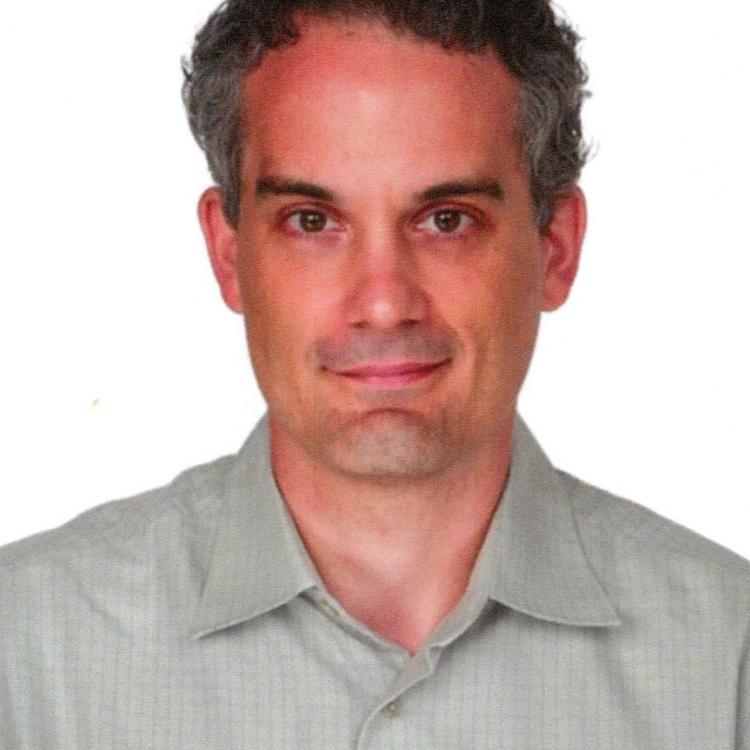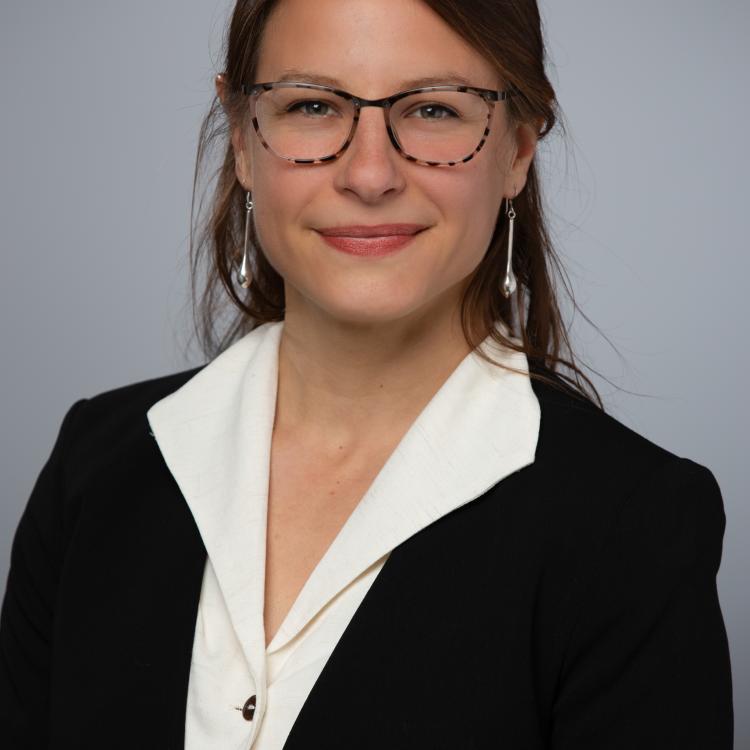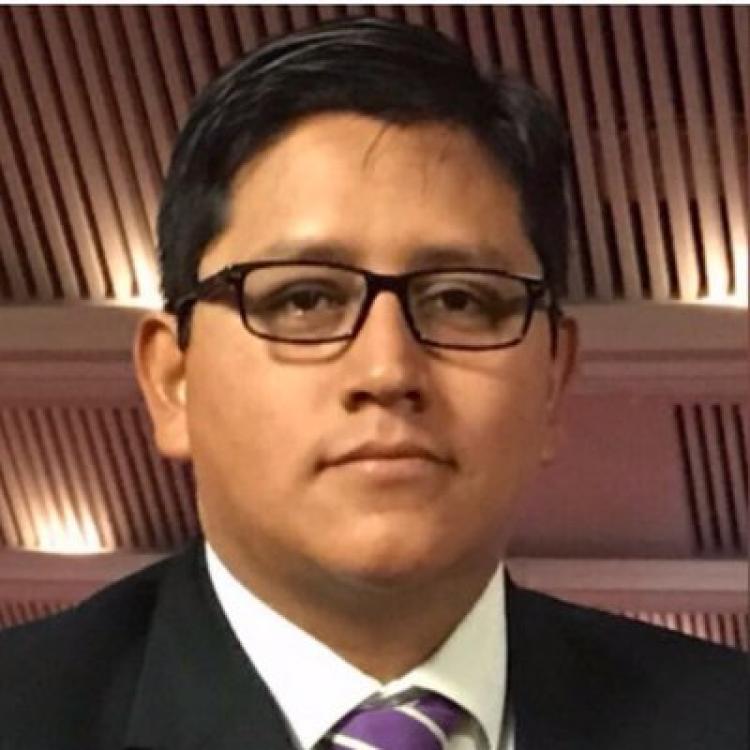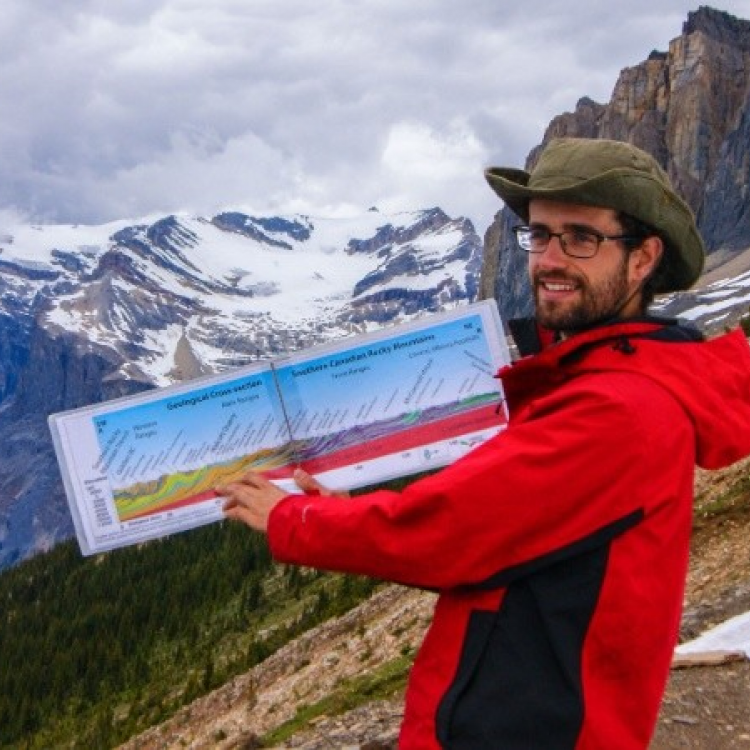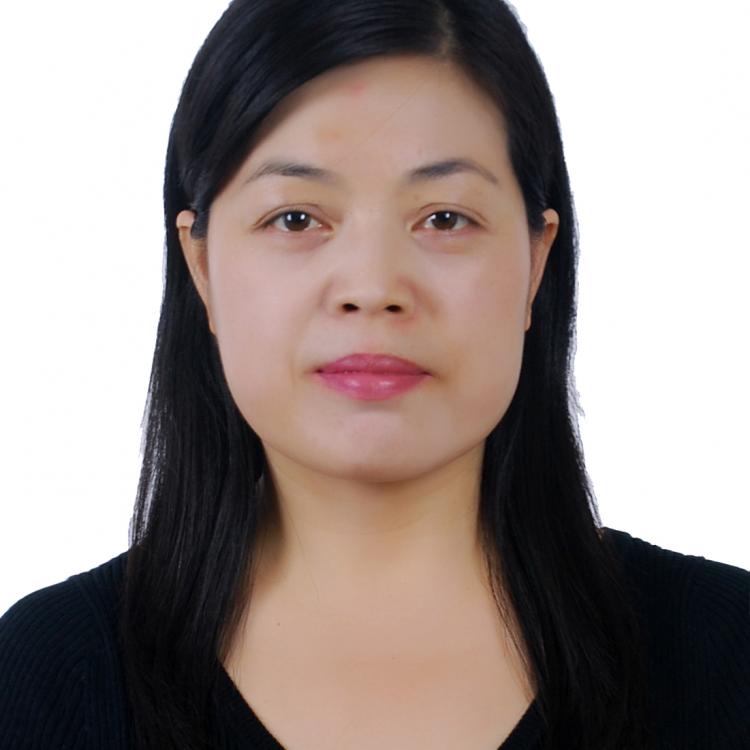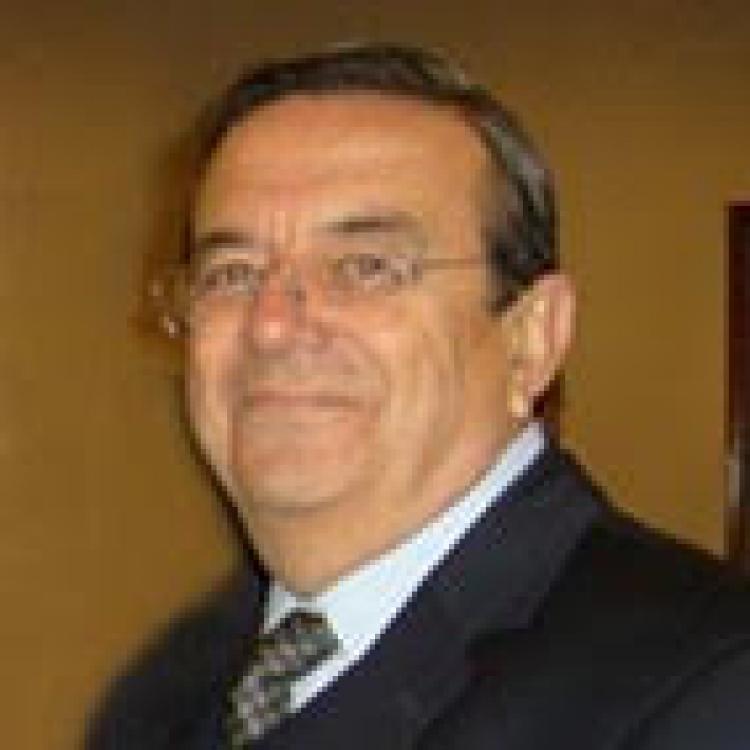Date
Date and Time
October 23, 2020 11:30 AM (PDT)–12:30 PM (PDT)
Abstract
The remote northern community of Whapmagoostui-Kuujjuarapik (Québec, Canada) was studied for its shallow geothermal energy potential for heating purposes, where an undisturbed ground temperature is evaluated to be near 2 - 2.5 °C in the shallowest 100 metres. The goals of the project was to evaluate: (1) the amount of heat that can be sustainably extracted from the ground by means of ground-source heat pumps (GSHP); (2) the volume of energy that can be stored with underground thermal energy storage (UTES) systems for later use and the efficiency of the whole plant (thermal recovery). The main uncertainties for this evaluation are the thickness of the unconsolidated sediments over the bedrock and the depth of the water table in the southwestern part of the village. Two main configurations (scenarios) were distinguished: the granite bedrock and the unconsolidated sediments, in the northeastern and southwestern parts of the village. We demonstrate shallow geothermal energy technologies are technically feasible in the subarctic setting. A 100-m-deep borehole heat exchanger (BHE) drilled in any part of the village can provide on average 12 ± 1.3 MWh y-1 for a GSHP. An UTES system can assure that at least 50 ± 5 % of the energy is recovered during the winter season. The recently developed G.POT method and a novel approach STOREmap were used to achieve these objectives and ensure that cutting-edge geothermal energy tools are available for all remote and northern communities in Canada.
Speakers
Session Code
TSFC5





















































